The Martine De Souza-Dassault Brain Art Gallery
Current exhibition
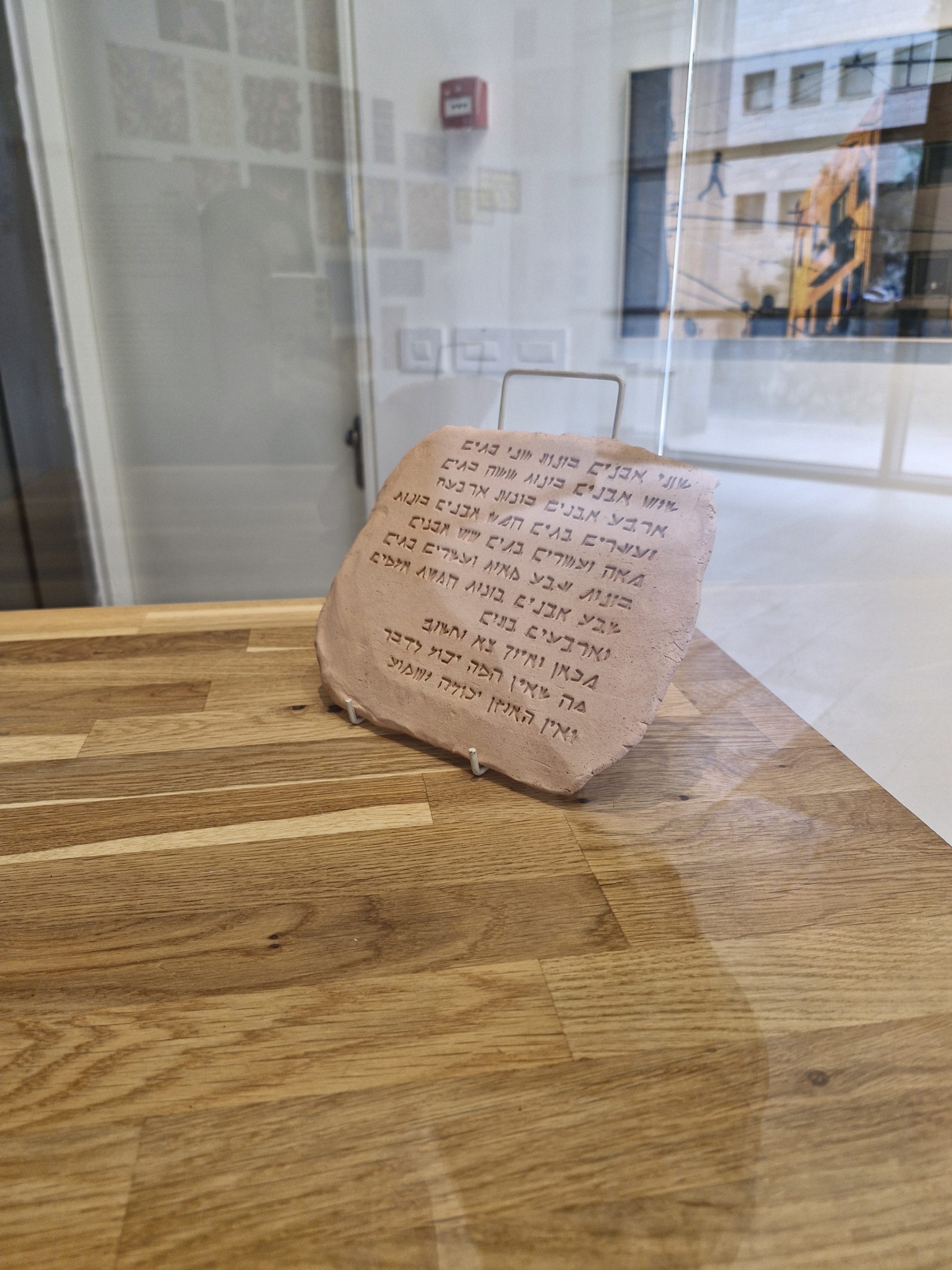
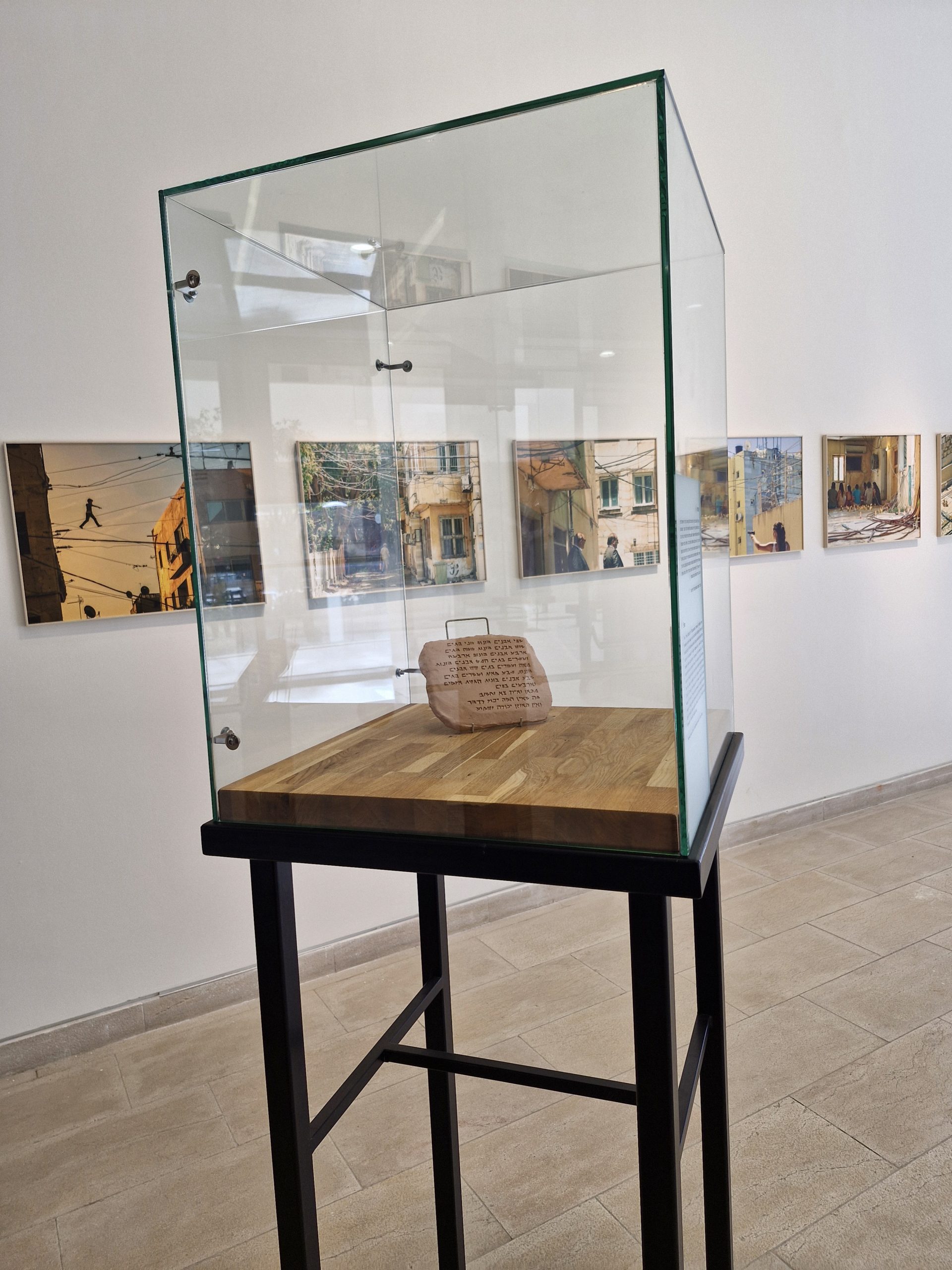
Open Sun – Thu, 08:30 – 16:00
When art encounters passion, it evokes a powerful emotional response. It can revitalize our perception of creating meaning, perhaps even ushering in a new understanding. Matty Mariansky’s work draws inspiration from preceding art and styles. It is constructed from a tapestry of his subjective experiences and contexts: memories, symbols, language, cultural associations that his brain processes through an organic neural network, enabling intellectual breakthroughs
Past exhibitions
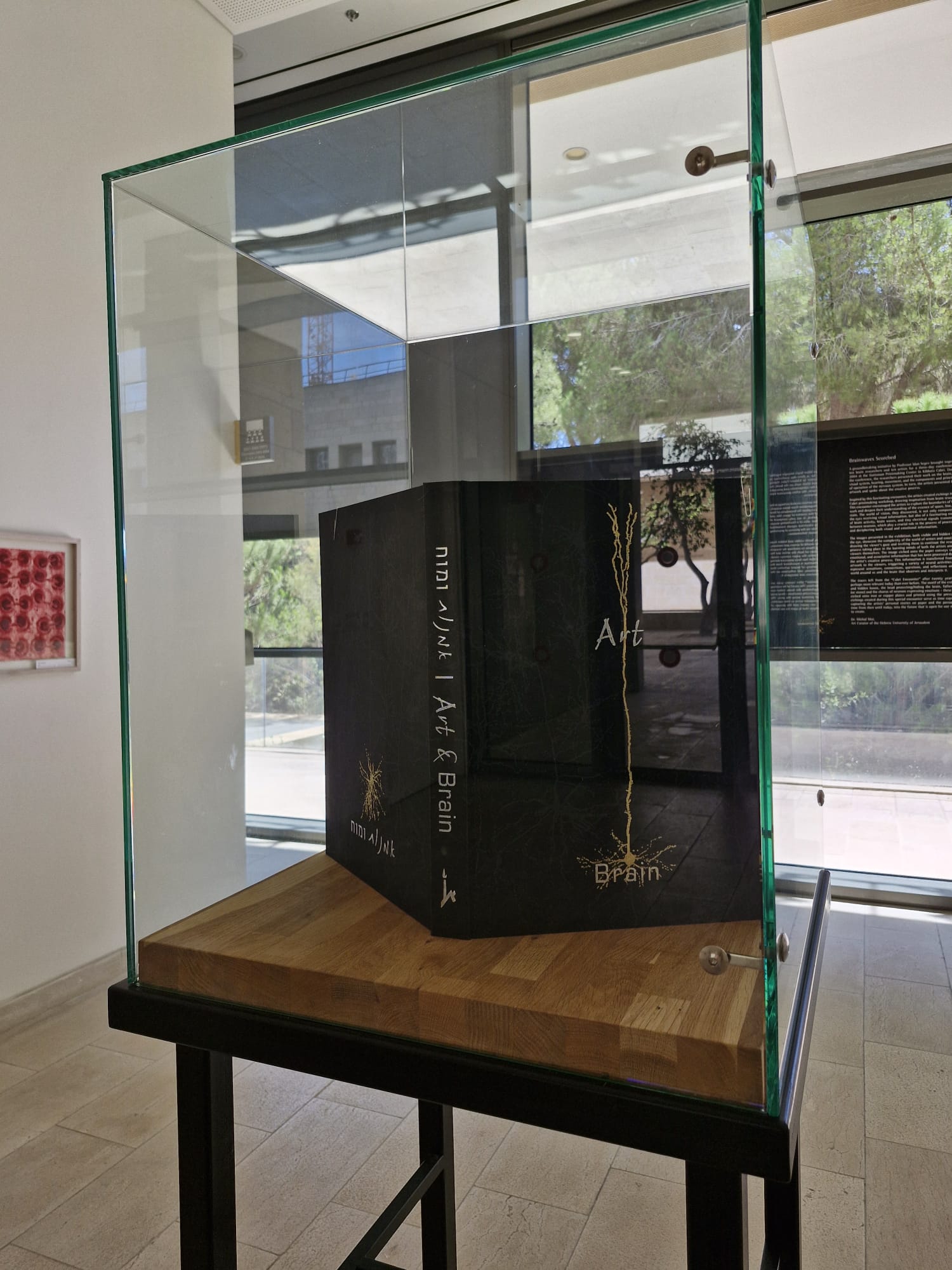
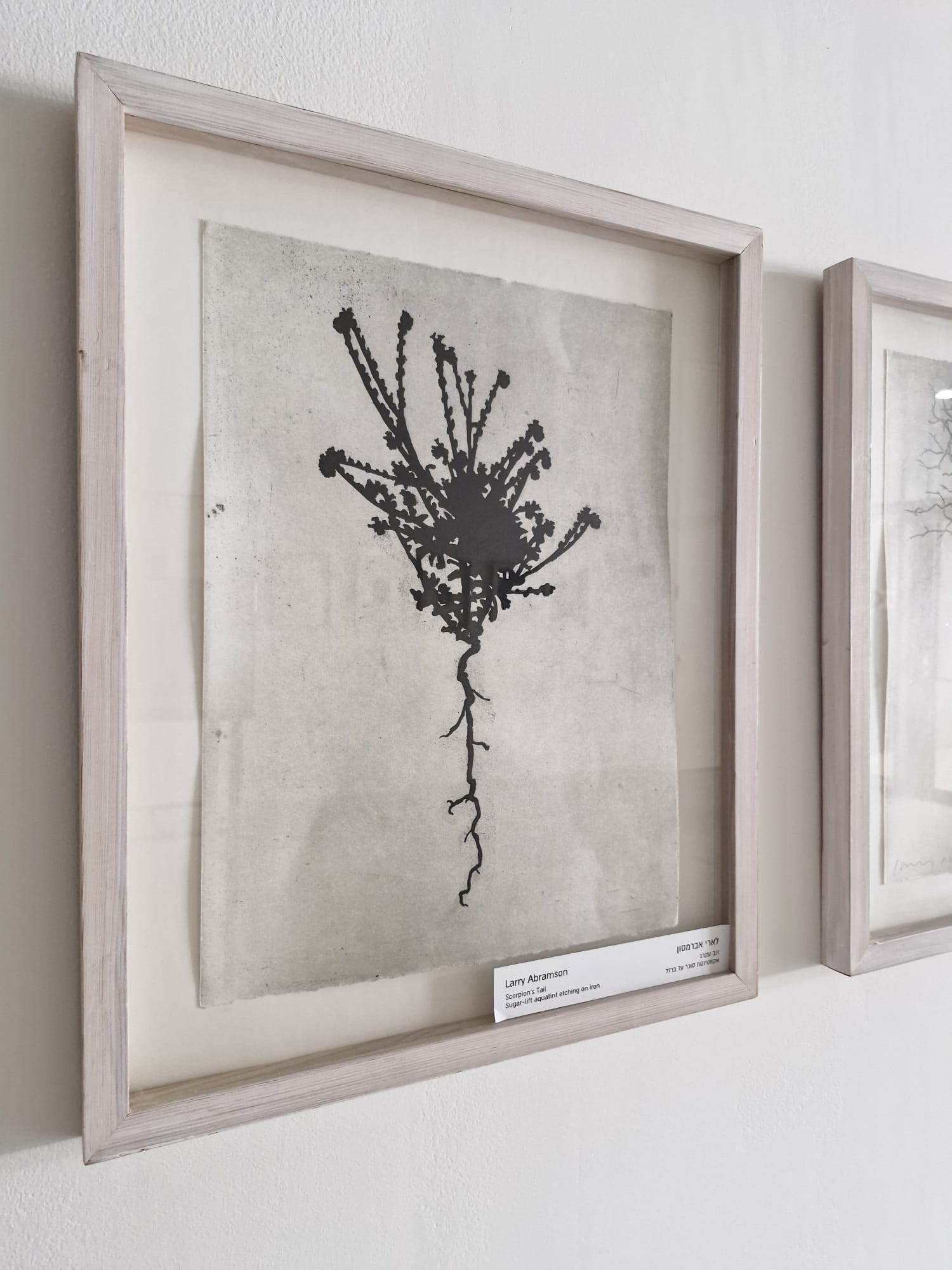
July 2024 – October 2024
A pioneering initiative by Professor Idan Segev brought together ten brain researchers and ten artists for a transformative three-day conference in 2004 at the Gottesman Etching Center, Kibbutz Cabri. During this conference, researchers presented their work on the brain, the visual system, hearing, movement, and the components and principles of the nervous system. In turn, the artists shared their creations and discussed the creative process.

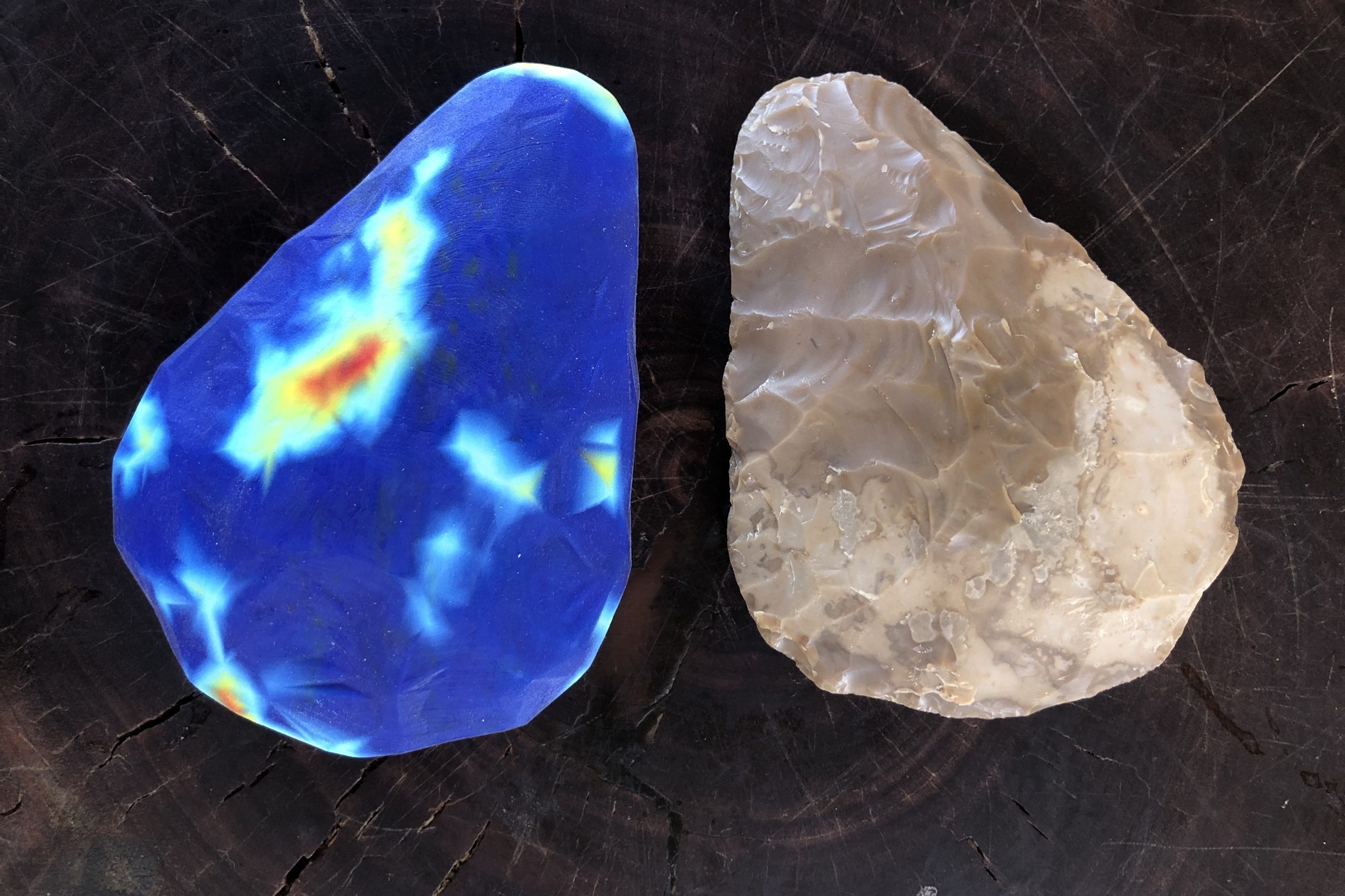
January 2024 – March 2024
It is not by chance that many of the tools developed to study ourselves, whether through artifacts we created in the past, or through our physiological workings, rely on, and output, visual data. Both the fields of Brain Sciences and Archaeology make use of and develop such tools as a regular part of study methodology.
The ability to see localized electrical activity or oxygenation in our brains through technologies such as fMRI or EEG has been paramount in mapping ourselves out as the field of Brain Sciences progresses.
The field of Computational Archaeology develops and applies digital tools to 3D scanned artifacts and excavated surroundings, to better understand past hominin activity.
These computational tools tell us about ourselves – and they do so twice: Once as a means of analyzing and secondly as representations of our interests and capabilities. These visualization tools also have great potential as a disruptive or alternative and subjective creative means. Tools that by the very definition of a tool, propose the creation of something new.

March 2023 – August 2023
The properties of sound, like smell, are dominant: sound – when it is present – cannot be avoided. Different people have different sensitivities to sounds and frequencies, to amplification, to clarity and to sound quality. Artists who make significant use of sound are in fact building on common perceptions and unconscious responses, at least in part.
In his attempt to reflect the world of images, the artist Amnon Wolman presents the world of the imagination, in which melodies are created in the brain on the basis of past and present external experiences, alongside the findings of the researchers who chart the path of the notes between their creation and their understanding and interpretation in the brain towards their transformation into an image.


Sundowning
June 2022 – October 2022
The blurring of the photographic image and the dissolution of reality into its primary and raw elements through stain, form, and material are used as tools by Dan Orimian, the painter and son, to express the inconceivable gap between observing his mother’s present image and the gaping and inaccessible space left in her. The artwork brings together the perspectives of the artist, his mother, and the viewers, capturing another perceptual gap as described by the French psychoanalyst Jacques Lacan when distinguishing between sight and gaze: The emergence of the mother figure as perceived by the visual system undergoes the interpretive gaze of the son as returned to him through her blurred, unfocused, frightened eyes, which can no longer recognize her world. The works manage to illustrate the twilight stage in the transition between the symbolic and the realistic dimensions, between the social order and the chaos from which things came and to which all things return.

Working Memory
November 2021 – March 2022
Alon Kedem describes himself as a hunter-gatherer, casting his net and gathering imagery from around the world. He roughly sketches these surprising images on the canvas, eventually turning them into the final piece. For Alon, the woven canvas is a field upon which imagery and signs are constantly in the process of becoming. By externalizing the images etched in his mind, the canvas absorbs them, captivating his urges. The paintbrush obscures, disassembles, and rebuilds the images – a constant state of invention, where each layer simultaneously erases and creates something new.
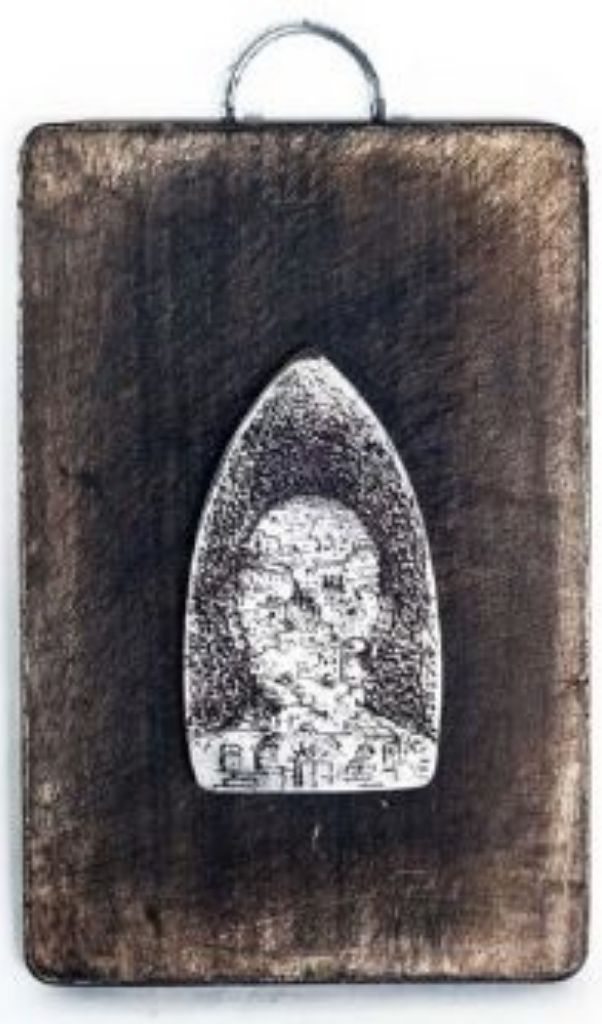
Stop ! Wandering
March 2021 – August 2021
Curation is the act of creating of new contexts for displaying cultural artifacts. Since the 1990s, interdisciplinary cooperation has given rise to multi-voiced interpretations by artist, curator, and scientist – pushing aside the concept of singular “genius.”

Retinopathy
Photography: Youval Hai
Future gallery events
| Date | Time | Event |
| TBA | TBA | Gallery Talk – Working Memory |
Past gallery events
| Date | Time | Event |
| 29.11.2021 | 10:30 | Gallery Opening – Working Memory |
| 11.04.2021 | 11:00 | Gallery Opening – Stop ! Wandering |
| 07.03.2021 | 18:30 | Gallery Talk – Stop ! Wandering |
| 31.01.2020 | 13:00 | Gallery Talk – Retinotopy |
| 09.01.2020 | 12:00 | Gallery Opening – Retinotopy |
